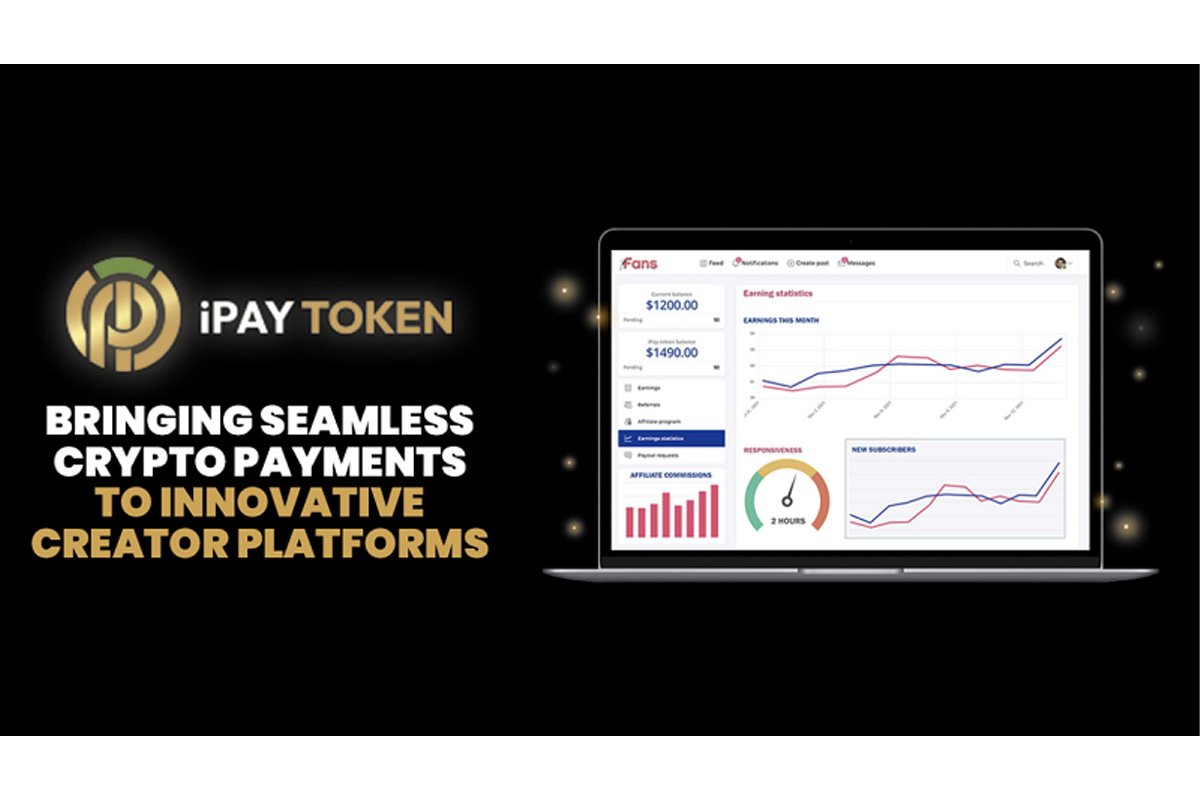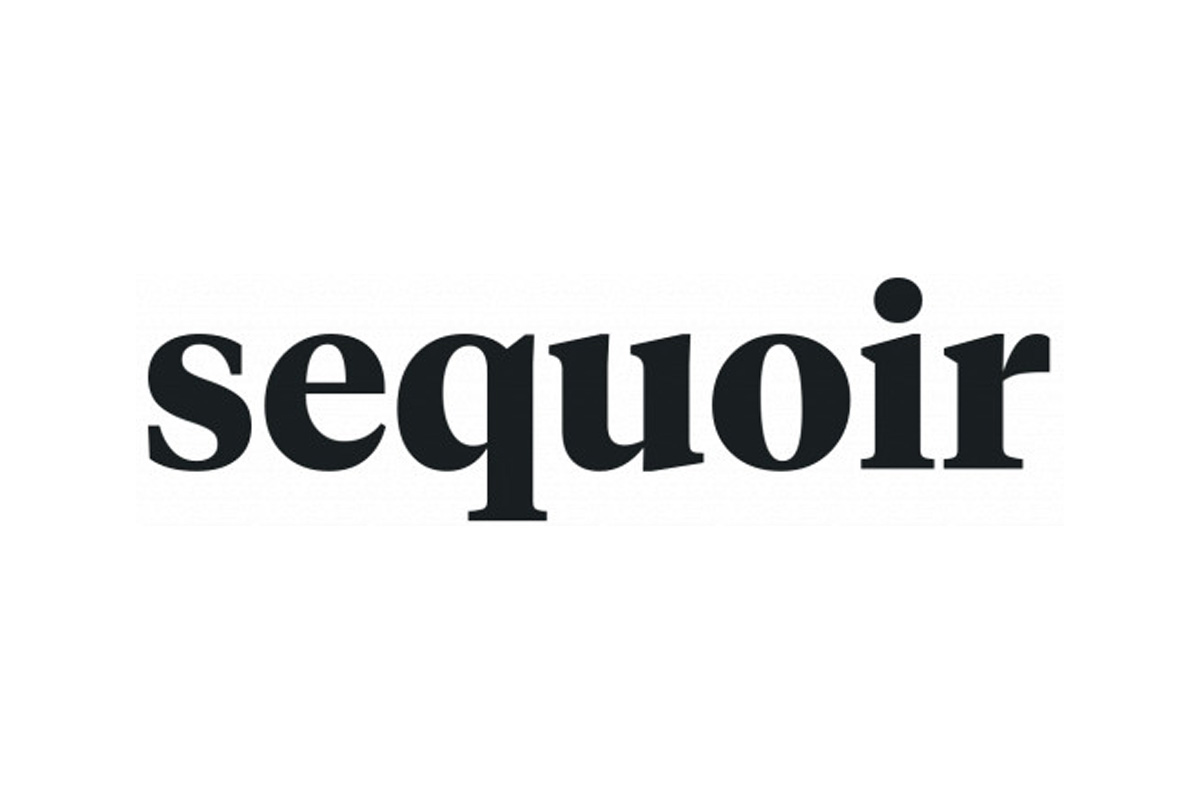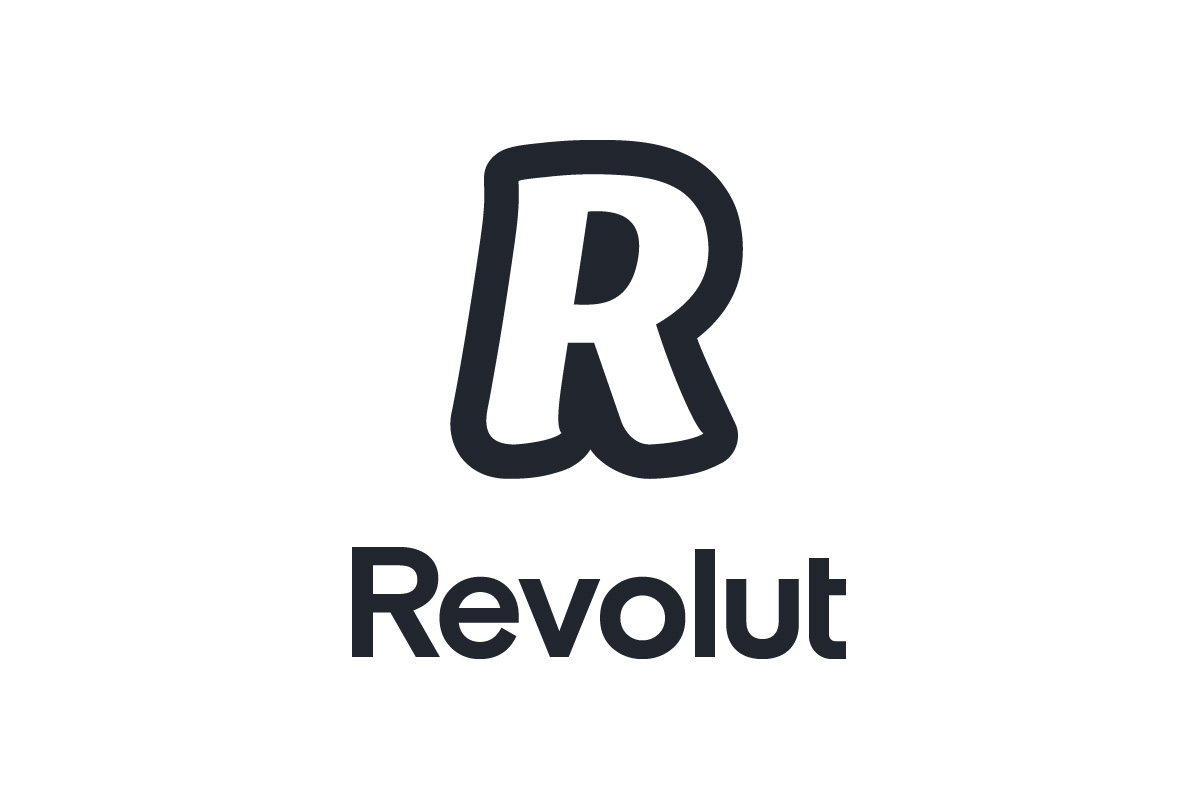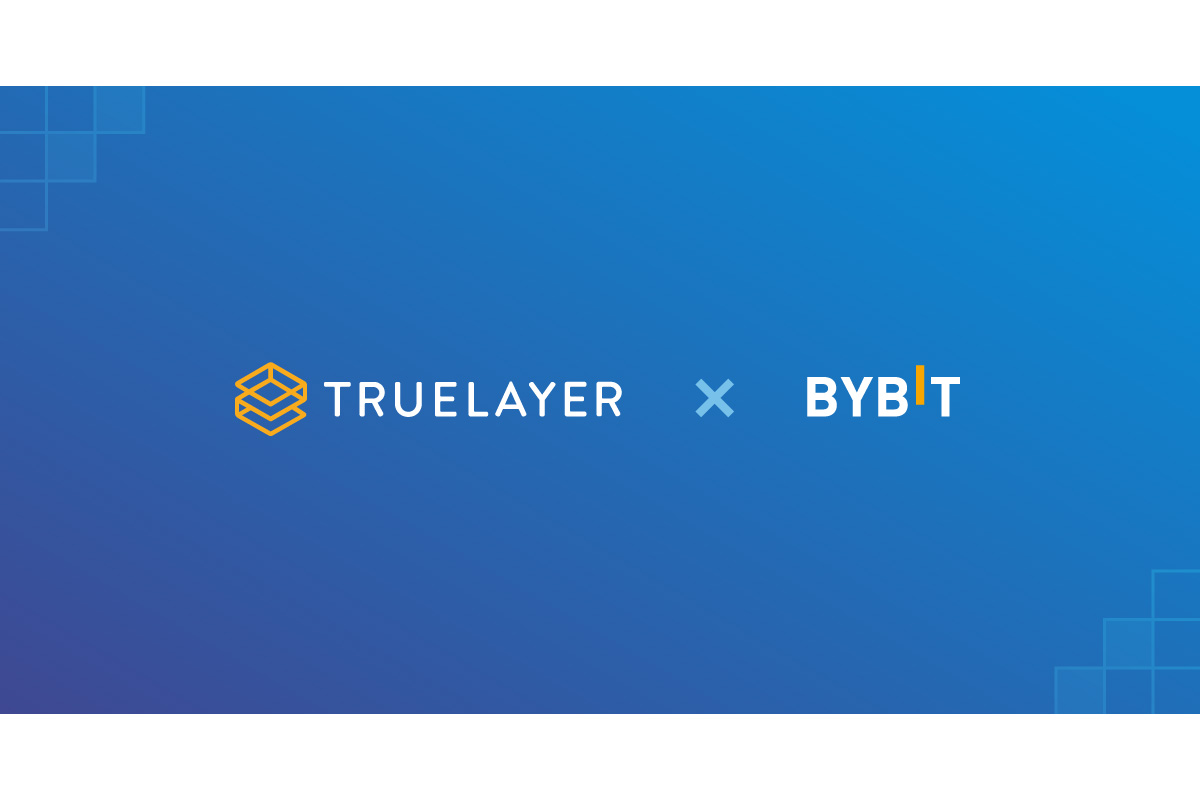Fintech
iPay Launches as a De Facto Payment Gateway for Content Creators in Web 3.0

iPay, a payment solution for one of today’s fastest-growing business areas in the creator economy launches as a de facto payment gateway for content creators in web 3.0.
Web 2.0 platforms are no longer relied upon by creators for the infrastructure that they have traditionally given in order to make money. Creators are migrating their audience away from larger platforms and onto their own websites and apps to adopt new monetization strategies. The power of creators can encourage widespread adoption of cryptocurrencies by providing direct, secure, and fast transactions. A currency designed specifically for the creative economy can serve as a monetization tool as well as an investment vehicle for holding and appreciating the value that creators make collectively. iPay aims to use breakthrough blockchain technology to become the major money and method of safe, anonymous virtual transactions for industries not limited to: mainstream/adult creators, gaming, gambling, and more, including their migration to the metaverse.
Digital content providers can use platforms like iFans to develop an online community and sell their work directly to their followers and subscribers. iFans is enabled by a digital paywall for direct monetization, unlike social networking networks where users generate money indirectly through advertisements placed within their content. Even if they don’t want to work full-time as a digital content developer, they can make money by selling their work on iFans in their leisure time.
As more creators, creative platforms, and industries spurned by banks and big tech flock to iPay, they will be able to take advantage of not only all of the benefits we’ve listed, but also serve as a repository for the enormous appreciating value they’re generating collectively.
iPay is much more than a utility token. Its chances would be excellent if that were the only factor. However, the goal is to present it as a game-changer by realizing the vast and explosive value that the creator, adult, and gaming sectors generate collectively through a token and the transactions conducted through it.
With the expansion of these industries into the virtual reality metaverse, the growing market for NFTs within them, the need for secure and anonymous virtual payment solutions, and the rapid adoption of cryptocurrencies, iPay will be positioned as the right token, in the right place, with the right ideas and vision, at the right time.
iPay aims to become the biggest payment corridor for content creators
The current value of the creator economy is 104 billion dollars, with a forecast of 5.25 trillion dollars by 2030. The current worth of the cryptocurrency market is 2.5 trillion dollars, and it is expected to grow to 250 trillion dollars by 2030. The market for NFTs is currently worth $100 million. And by 2030, the market is predicted to have grown 2000 times to a value of 204 billion dollars. The current market value of the metaverse is $47 billion. This market is expected to grow to a size of $2.4 trillion.
All of this suggests that in the next 10 years, the number of crypto transactions will increase by a factor of five. The creators and those who appreciate their products will be the key engines of this growth, and iPay is positioned in this arena to benefit from it. Consider what it would be like if those who used iPhones could also invest in and benefit from the device’s growing popularity. This is one of the key advantages of utilizing iPay over the existing field of cryptocurrencies, which will develop at an exponential rate over the next decade in terms of usage and market.
iPay creates a safe, anonymous means for virtual transactions to be put into direct use and serve as a mode of investment in the industries which are set to fuel and benefit most from the exponential growth of these markets.
Use cases are frequently seen as the alpha and omega of possible success in the crypto coin arena. Moreover, in the best cases, coins can be used as acceptable methods of payment or tied to a specific utility. iPay has a major advantage in this industry because by the time of its launch it will already be integrated in the multi-million dollar iFans platform and a few others. In this initial beta phase of integration onto a major creator platform, iPay will be able to incentivize and perfect modes of adoption by fans and creators. The objective is to draw in other platforms including brick and mortar businesses that may be looking to expand into streaming services, virtual reality, and migration to the metaverse.
Some of these potential partnerships are already in an early phase of development and integration. Factoring in all of these potential market opportunities, iPay aims to become a major player in these fast developing sectors. These sectors include the incredible growth of collectibles in the form of NFTs. In the near term, iFans will be the first platform to host an exclusive marketplace offering NFTs only available for purchase with iPay. In the longer term, the team behind iPay will be preparing the tools needed for all partners and platforms to integrate their offerings into the metaverse. To achieve this, they have the advantage of working with long-standing personal contacts who have for the last decade been constructing the metaverse’s architecture and underlying technology.
Fintech
How to identify authenticity in crypto influencer channels

Modern brands stake on influencer marketing, with 76% of users making a purchase after seeing a product on social media.The cryptocurrency industry is no exception to this trend. However, promoting crypto products through influencer marketing can be particularly challenging. Crypto influencers pose a significant risk to a brand’s reputation and ROI due to rampant scams. Approximately 80% of channels provide fake statistics, including followers counts and engagement metrics. Additionally, this niche is characterized by high CPMs, which can increase the risk of financial loss for brands.
In this article Nadia Bubennnikova, Head of agency Famesters, will explore the most important things to look for in crypto channels to find the perfect match for influencer marketing collaborations.
-
Comments
There are several levels related to this point.
LEVEL 1
Analyze approximately 10 of the channel’s latest videos, looking through the comments to ensure they are not purchased from dubious sources. For example, such comments as “Yes sir, great video!”; “Thanks!”; “Love you man!”; “Quality content”, and others most certainly are bot-generated and should be avoided.
Just to compare:


LEVEL 2
Don’t rush to conclude that you’ve discovered the perfect crypto channel just because you’ve come across some logical comments that align with the video’s topic. This may seem controversial, but it’s important to dive deeper. When you encounter a channel with logical comments, ensure that they are unique and not duplicated under the description box. Some creators are smarter than just buying comments from the first link that Google shows you when you search “buy YouTube comments”. They generate topics, provide multiple examples, or upload lists of examples, all produced by AI. You can either manually review the comments or use a script to parse all the YouTube comments into an Excel file. Then, add a formula to highlight any duplicates.

LEVEL 3
It is also a must to check the names of the profiles that leave the comments: most of the bot-generated comments are easy to track: they will all have the usernames made of random symbols and numbers, random first and last name combinations, “Habibi”, etc. No profile pictures on all comments is also a red flag.
LEVEL 4
Another important factor to consider when assessing comment authenticity is the posting date. If all the comments were posted on the same day, it’s likely that the traffic was purchased.
2. Average views number per video
This is indeed one of the key metrics to consider when selecting an influencer for collaboration, regardless of the product type. What specific factors should we focus on?
First & foremost: the views dynamics on the channel. The most desirable type of YouTube channel in terms of views is one that maintains stable viewership across all of its videos. This stability serves as proof of an active and loyal audience genuinely interested in the creator’s content, unlike channels where views vary significantly from one video to another.
Many unauthentic crypto channels not only buy YouTube comments but also invest in increasing video views to create the impression of stability. So, what exactly should we look at in terms of views? Firstly, calculate the average number of views based on the ten latest videos. Then, compare this figure to the views of the most recent videos posted within the past week. If you notice that these new videos have nearly the same number of views as those posted a month or two ago, it’s a clear red flag. Typically, a YouTube channel experiences lower views on new videos, with the number increasing organically each day as the audience engages with the content. If you see a video posted just three days ago already garnering 30k views, matching the total views of older videos, it’s a sign of fraudulent traffic purchased to create the illusion of view stability.
3. Influencer’s channel statistics
The primary statistics of interest are region and demographic split, and sometimes the device types of the viewers.
LEVEL 1
When reviewing the shared statistics, the first step is to request a video screencast instead of a simple screenshot. This is because it takes more time to organically edit a video than a screenshot, making it harder to manipulate the statistics. If the creator refuses, step two (if only screenshots are provided) is to download them and check the file’s properties on your computer. Look for details such as whether it was created with Adobe Photoshop or the color profile, typically Adobe RGB, to determine if the screenshot has been edited.
LEVEL 2
After confirming the authenticity of the stats screenshot, it’s crucial to analyze the data. For instance, if you’re examining a channel conducted in Spanish with all videos filmed in the same language, it would raise concerns to find a significant audience from countries like India or Turkey. This discrepancy, where the audience doesn’t align with regions known for speaking the language, is a red flag.
If we’re considering an English-language crypto channel, it typically suggests an international audience, as English’s global use for quality educational content on niche topics like crypto. However, certain considerations apply. For instance, if an English-speaking channel shows a significant percentage of Polish viewers (15% to 30%) without any mention of the Polish language, it could indicate fake followers and views. However, if the channel’s creator is Polish, occasionally posts videos in Polish alongside English, and receives Polish comments, it’s important not to rush to conclusions.
 Example of statistics
Example of statistics
Wrapping up
These are the main factors to consider when selecting an influencer to promote your crypto product. Once you’ve launched the campaign, there are also some markers to show which creators did bring the authentic traffic and which used some tools to create the illusion of an active and engaged audience. While this may seem obvious, it’s still worth mentioning. After the video is posted, allow 5-7 days for it to accumulate a basic number of views, then check performance metrics such as views, clicks, click-through rate (CTR), signups, and conversion rate (CR) from clicks to signups.
If you overlooked some red flags when selecting crypto channels for your launch, you might find the following outcomes: channels with high views numbers and high CTRs, demonstrating the real interest of the audience, yet with remarkably low conversion rates. In the worst-case scenario, you might witness thousands of clicks resulting in zero to just a few signups. While this might suggest technical issues in other industries, in crypto campaigns it indicates that the creator engaged in the campaign not only bought fake views and comments but also link clicks. And this happens more often than you may realize.
Summing up, choosing the right crypto creator to promote your product is indeed a tricky job that requires a lot of resources to be put into the search process.

Author
Nadia Bubennikova, Head of agency at Famesters
Fintech
Central banks and the FinTech sector unite to change global payments space

The BIS, along with seven leading central banks and a cohort of private financial firms, has embarked on an ambitious venture known as Project Agorá.
Named after the Greek word for “marketplace,” this initiative stands at the forefront of exploring the potential of tokenisation to significantly enhance the operational efficiency of the monetary system worldwide.
Central to this pioneering project are the Bank of France (on behalf of the Eurosystem), the Bank of Japan, the Bank of Korea, the Bank of Mexico, the Swiss National Bank, the Bank of England, and the Federal Reserve Bank of New York. These institutions have joined forces under the banner of Project Agorá, in partnership with an extensive assembly of private financial entities convened by the Institute of International Finance (IIF).
At the heart of Project Agorá is the pursuit of integrating tokenised commercial bank deposits with tokenised wholesale central bank money within a unified, public-private programmable financial platform. By harnessing the advanced capabilities of smart contracts and programmability, the project aspires to unlock new transactional possibilities that were previously infeasible or impractical, thereby fostering novel opportunities that could benefit businesses and consumers alike.
The collaborative effort seeks to address and surmount a variety of structural inefficiencies that currently plague cross-border payments. These challenges include disparate legal, regulatory, and technical standards; varying operating hours and time zones; and the heightened complexity associated with conducting financial integrity checks (such as anti-money laundering and customer verification procedures), which are often redundantly executed across multiple stages of a single transaction due to the involvement of several intermediaries.
As a beacon of experimental and exploratory projects, the BIS Innovation Hub is committed to delivering public goods to the global central banking community through initiatives like Project Agorá. In line with this mission, the BIS will soon issue a call for expressions of interest from private financial institutions eager to contribute to this ground-breaking project. The IIF will facilitate the involvement of private sector participants, extending an invitation to regulated financial institutions representing each of the seven aforementioned currencies to partake in this transformative endeavour.
Source: fintech.globa
The post Central banks and the FinTech sector unite to change global payments space appeared first on HIPTHER Alerts.
Fintech
TD Bank inks multi-year strategic partnership with Google Cloud

TD Bank has inked a multi-year deal with Google Cloud as it looks to streamline the development and deployment of new products and services.
The deal will see the Canadian banking group integrate the vendor’s cloud services into a wider portion of its technology solutions portfolio, a move which TD expects will enable it “to respond quickly to changing customer expectations by rolling out new features, updates, or entirely new financial products at an accelerated pace”.
This marks an expansion of the already established relationship between TD Bank and Google Cloud after the group previously adopted the vendor’s Google Kubernetes Engine (GKE) for TD Securities Automated Trading (TDSAT), the Chicago-based subsidiary of its investment banking unit, TD Securities.
TDSAT uses GKE for process automation and quantitative modelling across fixed income markets, resulting in the development of a “data-driven research platform” capable of processing large research workloads in trading.
Dan Bosman, SVP and CIO of TD Securities, claims the infrastructure has so far supported TDSAT with “compute-intensive quantitative analysis” while expanding the subsidiary’s “trading volumes and portfolio size”.
TD’s new partnership with Google Cloud will see the group attempt to replicate the same level of success across its entire portfolio.
Source: fintechfutures.com
The post TD Bank inks multi-year strategic partnership with Google Cloud appeared first on HIPTHER Alerts.
-

 Fintech6 days ago
Fintech6 days agoHow to identify authenticity in crypto influencer channels
-
Latest News6 days ago
HSBC-backed fintech Monese is considering splitting its operations as it grapples with increasing losses.
-
Latest News6 days ago
EverBank has announced a groundbreaking partnership with Finzly, poised to revolutionize payment processing.
-
Latest News5 days ago
FinTech leaders express caution regarding the promises made in #Budget2024 concerning open banking, stating that the “devil is in the details.”
-
Latest News5 days ago
Gotion High-tech’s operating profit up 391% in 2023, nearly RMB 2.8 billion invested in R&D for the year
-
Latest News5 days ago
Aurionpro Solutions acquires Arya.ai, to power next generation Enterprise AI platforms for Financial Institutions
-
Latest News6 days ago
Wells Fargo, a leading financial institution, is set to revolutionize its trade finance operations by incorporating artificial intelligence (AI) technology through its collaboration with TradeSun.
-
Latest News5 days ago
Latvian Fintech inGain Raises €650,000 for No-Code SaaS Loan Management System












